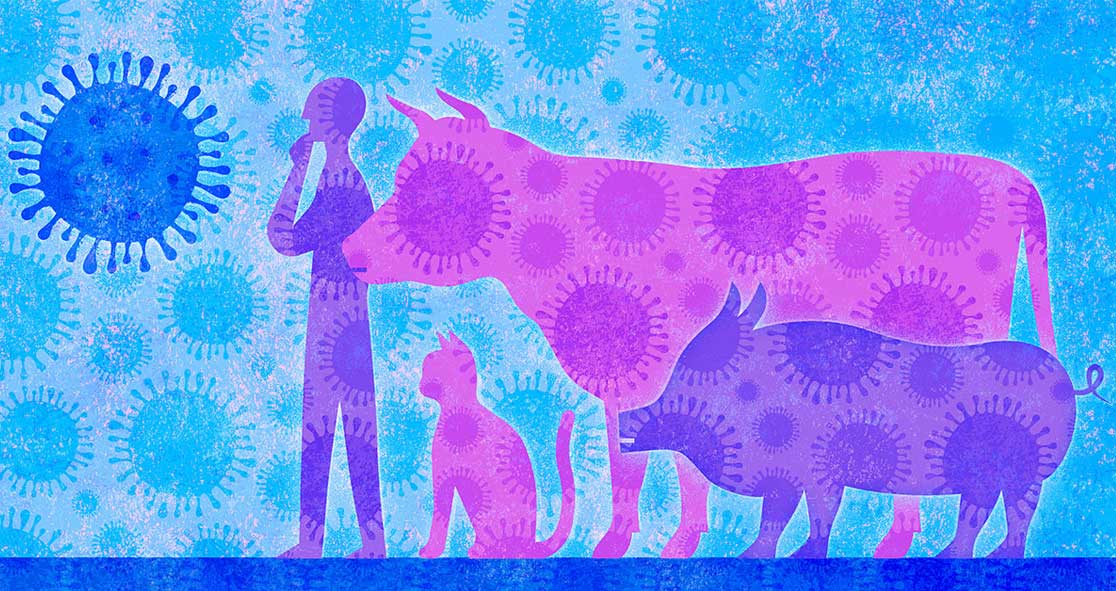It has been found that some animals are more susceptible to COVID-19 infection than others, and a new study suggests this could be due to some distinctive structural features of a protein found on the surface of animal cells.
João Rodrigues of Stanford University, California, and his team published their findings in the open-access journal PLOS Computational Biology.
Previous studies have shown that the coronavirus pandemic began when the virus, called SARS-CoV-2, jumped from bats or pangolins to humans.
Experts found that certain other animals, such as cats and cattle, appeared to be more susceptible to COVID-19 infection, while others, such as chickens and pigs, were not. Even one zoo reported COVID-19 infections in tigers. However, they said it was not clear why some animals are immune to the virus and others are not.
To dig deep, Rodrigues and his team looked for clues in the first step of infection, when the viral “spike” protein binds to an “ACE2” (Angiotensin Converting Enzyme 2) receptor protein on the surface of an animal cell.
Using computers, the researchers simulated the proteins’ 3D structures and investigated how the spike protein interacts with different animals’ ACE2 receptors.
They eventually found that certain animals’ ACE2 receptor protein “locks” fit the viral “key” better, which is why these animals, including humans, are more vulnerable to infection, according to Science Daily.
Their analysis and evaluation suggest that other species are immune to the virus because their ACE2 receptors lack these features, causing weaker interactions with spike proteins.
The researchers explained that their findings could help in the development of antiviral strategies, using artificial “locks” to trap the virus and prevent it from interacting with human ACE2 receptors and cells.
The findings could also help “improve models to monitor animal hosts from which a virus could potentially jump to humans, ultimately preventing future outbreaks,” per Science Daily.
Rodrigues said, “Thanks to open-access data, preprints, and freely available academic software, we went from wondering if tigers could catch COVID-19 to having 3D models of protein structures offering a possible explanation as to why that is the case in just a few weeks.”
He and his team plan to continue refining the technology used in this study. The article was originally published in Science Daily.























